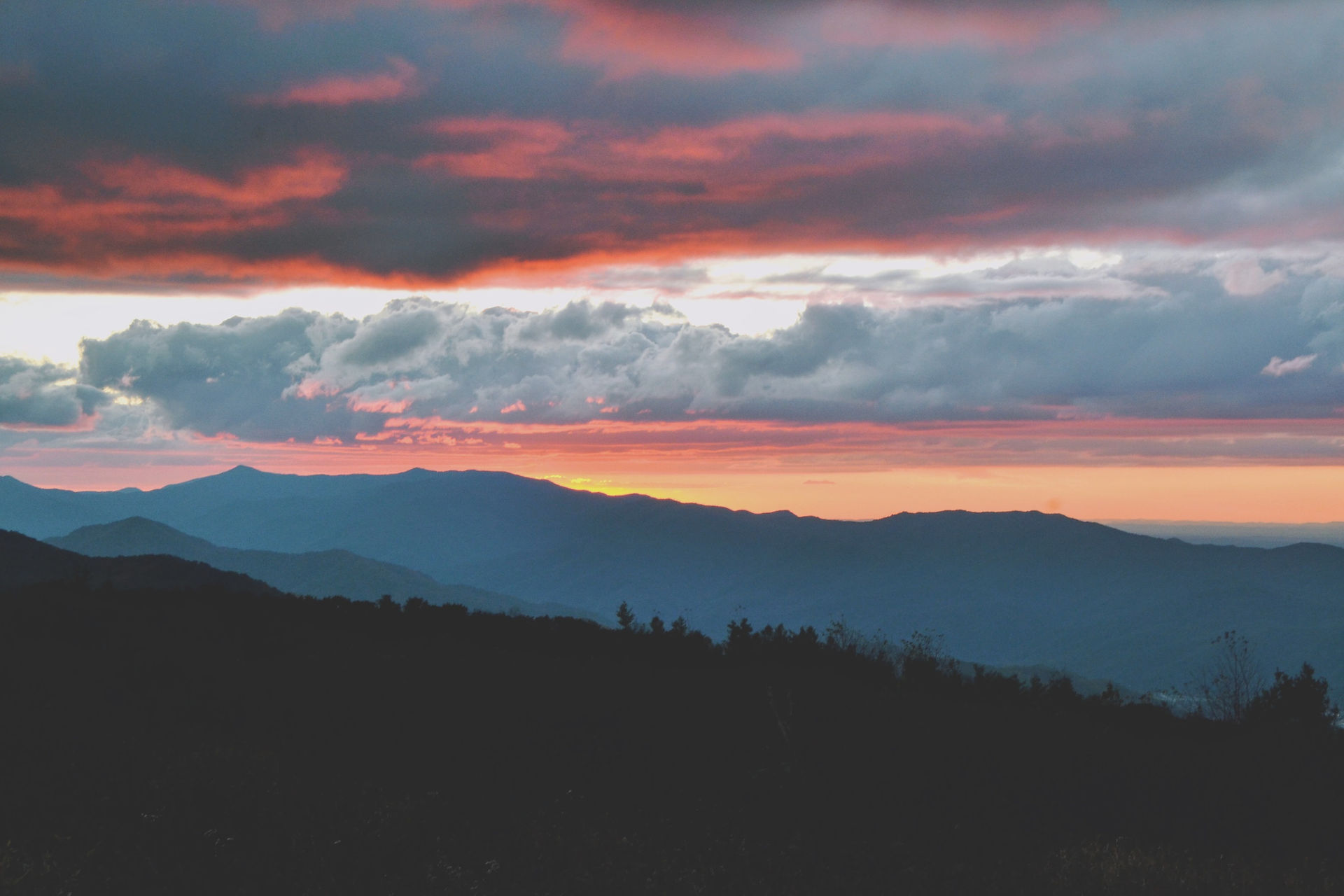
Southern Appalachia is home to one of the most unique botanical havens on the planet. Located in Ashe County, North Carolina, Bluff Mountain possesses geologically rare landforms and vegetation, making it an ecological treasure. The Nature Conservancy purchased Bluff Mountain from a local family in 1978. The mountain is blocked off from public access unless escorted, and the Nature Conservancy works to this day to protect over 3,800 acres as the Bluff Mountain preserve.
“We live in the only area with entire mountain ranges of amphibolite and the oldest exposed rock on the planet. We are actually in an erosion plain; these mountains once were the giants of the planet, once the size of the Himalayas,” said Kelly Clampitt, Ashe County’s nature conservancy steward.
Clampitt organizes scheduled hikes on the Bluff, and she took me on a tour to explore. Bluff is home to over 400 species of plants, and roughly 25 species are rare or endangered.
“The fen here is the only fen in Southern Appalachia,” said Clampitt. “A fen is ground water that is alkaline and nutrient rich, supporting a greater plant community.”
One rare, notable landform is the Bluff’s fen. The soil in the fen is about nine inches deep on bedrock and saturated with water. Needing thousands of years to develop, the Bluff’s fen relied on unusual geological circumstances such as the combination of a high plateau with depression, bedrock that resists erosion and a surplus of mineral-concentrated water draining in from the mountain’s ridge. These atypical conditions created rare biodiversity, allowing for at least 20 endangered Appalachian plant species including grass sedges, sundews, grass of Parnassus, orange peatmoss and Canada burnet.
The Bluff is home to a high-elevation mafic glade. There are only three examples of this type of landform known in the world. A mafic glade consists of rock gardens and sporadic soils that support a medley of vegetation alternating with rock and lichen base.
“Normal soil formation is 500 years for one inch of soil, the little vegetation and exposed flat rock makes the soil go even slower,” said Clampitt regarding the glade.
Mafic glades are rare glade communities of high-elevation amphibolite. Bluff Mountain’s mafic glade is strictly flat, allowing water to settle on the rock, enabling life for lichen. The glade is the home of the world’s only known population of reindeer lichen. Clampitt was keen to request I walk on the rock surfaces and not the lichen.
Other prominent endangered species include a Carolina hemlock forest, blazing stars, fringed gentian and a large population of Gray’s lily. Gray’s lily was named after Mr. Asa Gray, a botanist who first visited Bluff Mountain in 1841.
As the mountain is celebrated for the abundant number of endangered species, Bluff is flooded with life and beauty. Noteworthy mammal species include black bears, bobcats, deer, bog turtles, grouse, rodents and more. Noteworthy bird species include black-throated green warblers, veeries, rose-breasted grosbeaks, scarlet tanagers and blue-headed vireos. Noteworthy reptiles include bog turtles, salamanders, frogs and black snakes. Bluff Mountain contains a large waterfall of over 300 feet making it one of the largest in North Carolina, a variety of forests and ecosystems, and extraordinary views from the top of the overlooks.
As citizens of Appalachia, we should take the time to appreciate nature within our own region. Bluff Mountain represents a symbol of iconic beauty for Appalachia and the future of nature conservation.

Commentaires